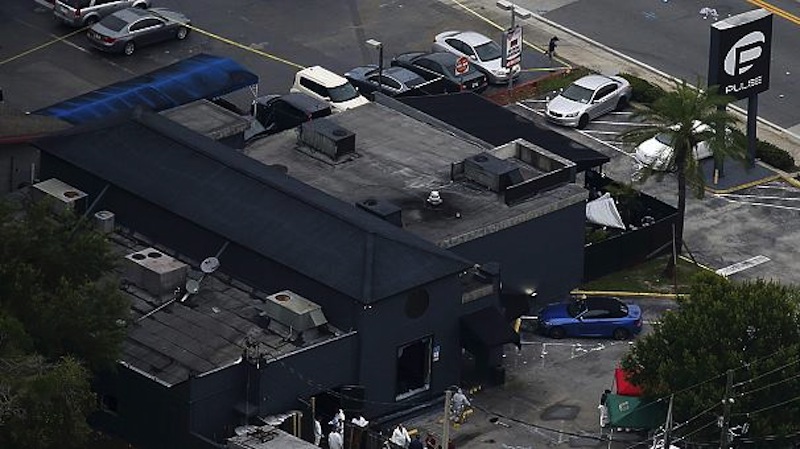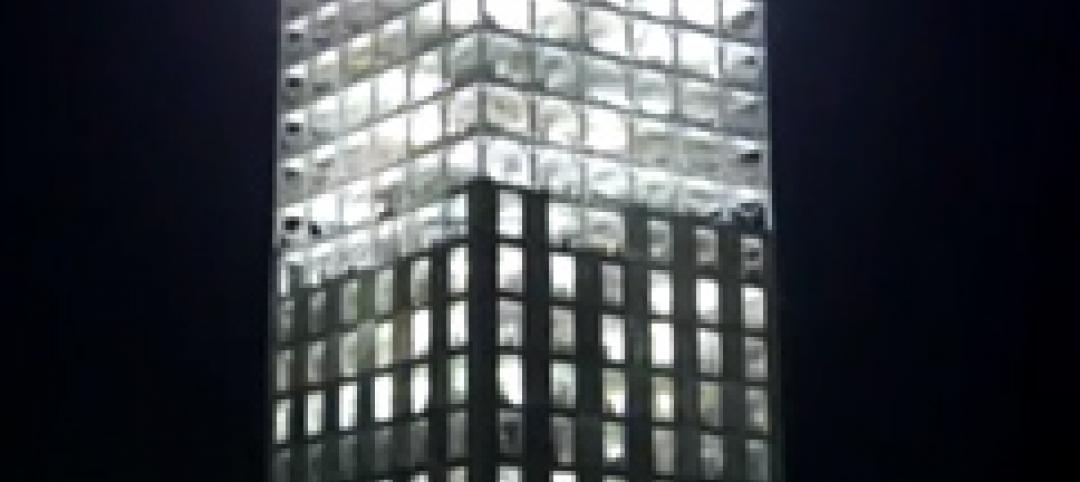The recent mass shooting at an L.G.B.T. nightclub in Orlando, Fla., once again raises emotional questions about gun ownership, the government’s antiterrorism policies, and how to thwart an ideologically motivated, if deranged, individual from wreaking havoc in the future.
In an opinion piece published in the Chicago Tribune on Monday, the newspaper’s architecture critic Blair Kamin notes that terrorist targets are no longer confined to high-profile buildings such as the World Trade Center in New York. They are occurring with greater frequency in places where large numbers of people gather, like the concert hall in Paris where, last November, gunmen killed nearly 90 people.
The Orlando attack killed 49 people in the club Pulse, which Kamin points out would have seemed the most unlikely of targets, even knowing the profile of its Muslim-American assailant, Omar Mateen, who (according to law enforcement sources) may have been gay.
But can “soft targets” like these be made safer? Kamin wonders if a building’s design provides a viable solution.
He notes that One World Trade Center (now better known as the Freedom Tower) and Alfred P. Murrah building in Oklahoma City have been rebuilt with massively thick walls. The Oklahoma building is now three stories, instead than nine like its predecessor.
The 1,792-foot-tall Freedom Tower may not be aesthetically elegant, but it is engineered with fortification, and assuaging its occupants’ anxieties, as a prime objective.
Back in 2003, the Federal Emergency Management Agency published a primer for designing buildings to mitigate terrorist attacks. “Designing security into a building requires a complex series of tradeoffs,” FEMA stated. “Security concerns need to be balanced with many other design constraints such as accessibility, initial and life-cycle costs, natural hazard mitigation, fire protection, energy efficiency, and aesthetics.”
A dozen years later, the world is now a more dangerous place, and terrorism is more random and unpredictable. Kamin acknowledges that, in their desire to feel safer, people will sacrifice a certain amount of freedom and convenience, such as metal detectors and patdowns at airports and ballparks.
But FEMA’s advisory isn’t entirely irrelevant, either. Kamin rejects the presumption that every single venue where people congregate—a restaurant, a shopping center, etc.—needs to be made into a fortress.
His column further asserts that it is both unrealistic and impractical to ask designers and building owners to install protective measures that would limit freedom of movement and assembly beyond what most Americans are willing to tolerate.
Such measures “seek solutions in the wrong place,” he says. “And grant a victory to the terrorists.”
Related Stories
| Apr 2, 2012
TGP launches new fire-rated glazing website
Website offers online continuing education courses registered with the American Institute of Architects (AIA), BIM 3D models, and rapid-response quoting, among other support tools.
| Mar 16, 2012
Temporary fix to CityCenter's Harmon would cost $2 million, contractor says
By contrast, CityCenter half-owner and developer MGM Resorts International determined last year that the Harmon would collapse in a strong quake and can't be fixed in an economical way. It favors implosion at a cost of $30 million.
| Mar 14, 2012
Hyatt joins Thornton Tomasetti as VP in Chicago
A forensic specialist, Hyatt has more than 10 years of experience performing investigations of structural failures throughout the U.S.
| Mar 13, 2012
China's high-speed building boom
A 30-story hotel in Changsha went up in two weeks. Some question the safety in that, but the builder defends its methods.
| Feb 29, 2012
Carvalho appointed Shawmut Safety Director
He has been a driving force behind multiple safety-orientated initiatives at Shawmut, including Safety Week, the creation of an online safety manual, and the implementation of a new safety reporting and tracking system.
| Jan 26, 2012
Siemens launches smoke detection knowledge center
New knowledge center web site demonstrates efficacy of smoke detection.
| Jan 12, 2012
Stellar earns construction industry's most prestigious safety award
Now widely accepted as the construction industry's standard measure of safety performance, the STEP awards were established in 1989 to evaluate and improve safety practices and recognize outstanding safety efforts.

















